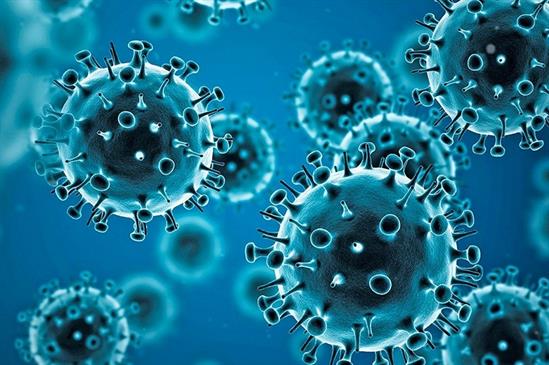Compared to other strains of Covid-19, where symptoms including cough, headache, and fever take between four to five days to emerge, Omicron symptoms manifest within a short time.
Although not much is known about the Omicron data, which was first detected in Botswana and South Africa in mid-November, a recent study in Norway shows a median three-day window between exposure to the Omicron variant and symptoms. This means that Omicron is able to spread more quickly.
Two weeks after the first Omicron case was identified at the beginning of this month, positive COVID cases are at their highest levels since late summer. There were 242,794 new reported cases in the U.S. on Wednesday, according to the New York Times COVID database.
Read More: Omicron Variant of Covid-19 Could Reach its Peak Next Month in the U.S
New cases are up more than 80% in New York over two weeks. And chains such as CVS and Walgreens are selling out of in-home tests as consumers scramble to detect the virus before holiday gatherings.
The following are the symptoms according to the Center for Disease Control:
- Fever or chills
- Cough
- Shortness of breath or difficulty breathing
- Muscle or body aches
- New loss of taste or smell
- Congestion
- Nausea or vomiting
- Diarrhea
Vaccines are still highly effective in preventing severe cases of COVID, and boosters help. Those who are unvaccinated, the elderly, or people with pre-existing conditions are still the most at risk.

